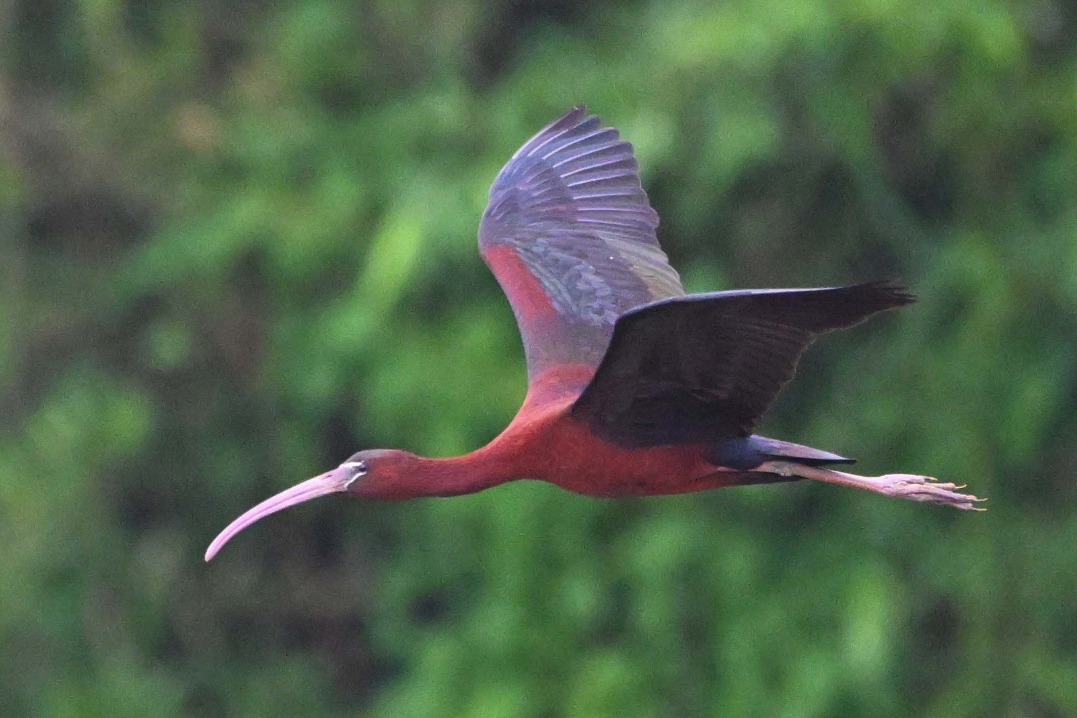Guideline to monitor animal release

In a move aimed at curbing illegal practices that threaten biodiversity and public health, three national government bodies issued new guidelines to strengthen oversight related to animal-release activities.
The guidelines, released on Thursday by the National Forestry and Grassland Administration, the Ministry of Agriculture and Rural Affairs, and the National Religious Affairs Administration, describe well-regulated wildlife reintroduction as an important tool for supporting wildlife population recovery and maintaining biodiversity.
However, the document warned that spontaneous and indiscriminate release activities by the public can lead to abnormal animal deaths, increased risk of epidemic outbreaks, the invasion of alien species and disruptions to ecological balance.
The circular called on local authorities under the three agencies to conduct thorough investigations to determine what species have been released in their jurisdictions, the frequency of such activities, and local customs involving animal release. Authorities were also instructed to evaluate the survival status of nonnative species already released, along with their ecological impacts and potential epidemic risks to surrounding areas.
Efforts should also be made to remove both deceased and living alien species to reduce the risks of biological invasion and disease transmission, the document said.
Authorities said the country will not impose a blanket ban on animal release. In areas where the practice has long-standing traditions, activities may continue but only after proper assessments are carried out to determine eligible species and appropriate locations.
The evaluation must consider factors such as species' natural distribution, conditions of the habitat and conservation needs. Only healthy animals will be permitted for release.
The circular also pledged to intensify the crackdown on illegal release activities. Joint enforcement operations across government departments will be launched to strengthen supervision throughout the entire chain of animal release, including artificial breeding, transport, and the import and export of animals.
Authorities will investigate information related to the illegal release of animals and hold criminal gangs accountable, including requiring compensation for ecological damage, the document said.
A public reporting system will also be established, with rewards offered to individuals who report illegal release activities.





































